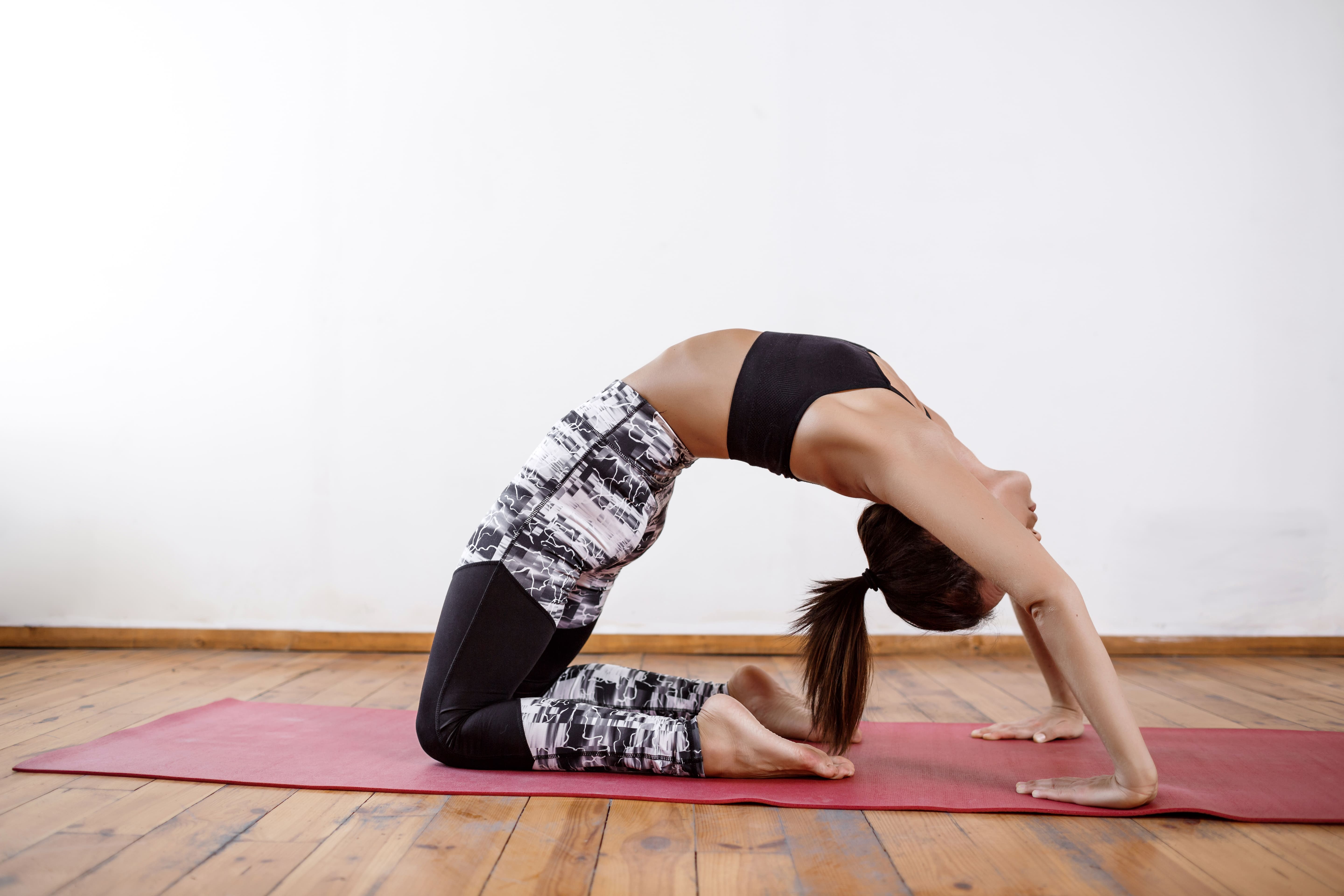Blogs

Best Yoga Poses Help In Sciatica Pain
If you suffer from sciatica, you are aware of how painful it can be, both literally and figuratively. Your back, legs, and buttocks may be impacted. You may have moderate to severe pain along with symptoms including burning, tingling, numbness, and paralysis.
This is because the sciatic nerves, which run bilaterally from the base of the spine through the buttocks and down the back of each leg, are the longest in your body and the source of the agony. Since there are nerves on both sides of the body, your symptoms might only be apparent on one side of the back or leg.
Walking and sitting might be difficult if you have severe sciatica, which can negatively impact your quality of life. Since the discomfort is coming from a nerve, yoga positions that stretch the nearby muscles can help. However not every cause of sciatica may be effectively treated with yoga, so make sure to contact a doctor for a diagnosis before starting any treatment.
Physical therapists also employ a few yoga poses to help patients with sciatica brought on by herniated discs. Additionally, a therapist may suggest using foam rollers. In certain situations, hamstring stretches are also advised. Below are some examples of each of these three stance styles. Make sure to perform specific stretches regularly if they provide you with relief.
- Pain: Sharp, shooting pain that travels from your lower back or buttocks down the back of your thigh and legs.
- Numbness: Reduced sensation or tingling sensation in the leg or foot.
- Weakness: Difficulty moving the leg, foot, or toes, especially when trying to stand on your toes.
- Sciatica Medication: Medications prescribed for sciatica pain relief include:
- Nonsteroidal Anti-Inflammatory Drugs (NSAIDs): Ibuprofen, naproxen, or aspirin can help reduce inflammation and relieve pain.
- Muscle Relaxants: These medications may be prescribed to alleviate muscle spasms associated with sciatica.
- Corticosteroid Injections: Corticosteroids can be injected directly into the afflicted area to temporarily relieve pain and reduce inflammation.
- Yoga: Yoga combines stretching, strengthening, and relaxation techniques, making it beneficial for sciatica pain relief. Here are some yoga poses that can help:
- Child's Pose (Balasana): This pose stretches the lower back, hips, and thighs, providing relief from sciatica pain.
- Cat-Cow Stretch (Marjaryasana-Bitilasana): This dynamic movement helps improve flexibility and mobility in the spine, reducing sciatica discomfort.
- Downward-Facing Dog (Adho Mukha Svanasana): This pose elongates the spine, stretches the hamstrings, and relieves pressure on the sciatic nerve.
- Pigeon Pose (Eka Pada Rajakapotasana): This hip-opening pose targets the piriformis muscle, which can compress the sciatic nerve if tight or inflamed.
- Seated Forward Bend (Paschimottanasana): This forward fold stretches the entire back body, including the hamstrings and lower back, easing sciatica pain.
- Pelvic tilts: Lay flat on your back with your feet flat on the ground and your knees bent. Flatten your lower back against the floor by slowly tilting your pelvis upward, then release.
- Bridges: Place yourself on your back, feet hip-width apart, and knees bent. Lift your hips off the floor, engaging your glutes and core muscles. Hold for a few while before descending once more.
- amstring Stretches: Sit on the floor with one leg extended and the other foot against the inner thigh of the extended leg. Holding your back straight, reach out, and touch your toes. After 30 seconds of holding the stretch, switch sides.
- Heat and Cold Therapy: Applying heat packs or cold packs to the affected area can reduce inflammation and provide temporary pain relief.
- Maintain Good Posture: Poor posture can exacerbate sciatica pain. Practice proper posture while sitting, standing, and lifting heavy objects to reduce strain on the spine.
- Massage Therapy: Professional massage or self-massage techniques can help relax tight muscles and improve blood flow to the affected area, reducing sciatica discomfort.
However, while yoga contributes significantly to pain management, it's paramount to consult with a healthcare professional for a precise diagnosis and tailored guidance. A thorough examination and expert advice ensure a comprehensive approach to easing sciatica pain, promoting long-term well-being.
Embrace the synergy of yoga and medical expertise for a journey towards a pain-free life.
Mrunali Thakare
